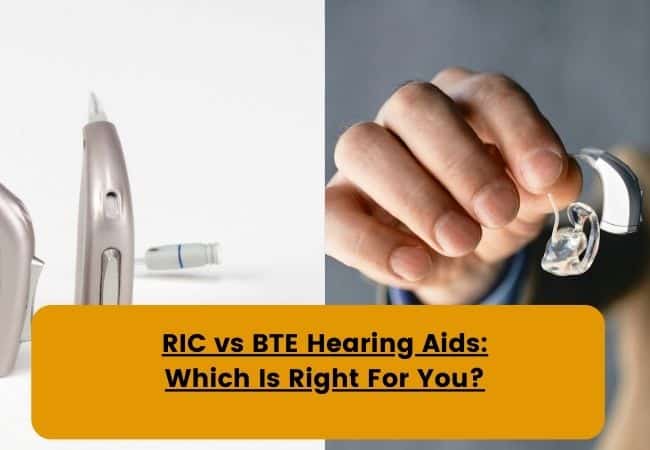Understanding the Basic Differences
Receiver-in-Canal (RIC) and Behind-the-Ear (BTE) hearing aids both sit discreetly behind the ear, but they differ in how sound is delivered. RIC models place the receiver, or speaker, directly into the ear canal through a thin wire, while BTE devices send sound through a tube into an earmold. Each style has unique benefits and challenges that may appeal to different users.
Sound Quality and Natural Listening Experience
RIC hearing aids often offer a more natural sound experience because the receiver sits closer to the eardrum, allowing subtle tones and nuances to be heard more clearly. This proximity can lead to improved speech understanding in various environments. BTE models can still deliver excellent sound quality, but some find that the distance between the receiver and the ear canal creates a slightly different listening sensation.
Comfort and Fit
Both styles are designed for comfort, yet some users find that RIC devices feel more lightweight and less noticeable due to the small earpiece and thin wire. On the other hand, BTE hearing aids use custom-fit earmolds that may provide a secure, stable fit. Preferences vary, and some individuals appreciate the familiarity of the BTE’s earmold while others prefer the subtlety of a RIC’s dome.
Maintenance and Durability
BTE hearing aids tend to be sturdier and often easier to handle, making them a popular choice for those who want a resilient device that can withstand daily wear and tear. RIC models, with their delicate receiver wires, may require more gentle care and occasional receiver replacements. For users with dexterity challenges, a BTE’s larger body may be simpler to manage.
Customization and Features
Many of today’s hearing aids, whether RIC or BTE, come equipped with advanced features like Bluetooth connectivity, rechargeable batteries, and noise reduction technology. Users can find versions of both styles that address their unique hearing loss needs, cosmetic preferences, and lifestyle demands. Discussing options with a hearing care professional ensures you’ll have access to the features that matter most to you.
Finding the Right Fit
Choosing between RIC and BTE hearing aids depends on comfort preferences, severity of hearing loss, maintenance habits, and desired features. Consulting with a hearing specialist allows you to try different models, compare their sound profiles, and determine which style best aligns with your daily life and long-term hearing goals.



